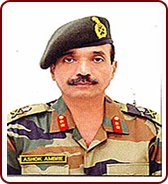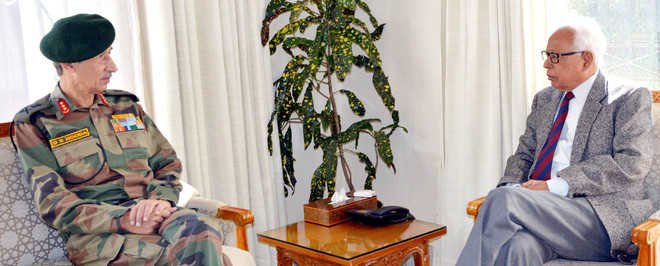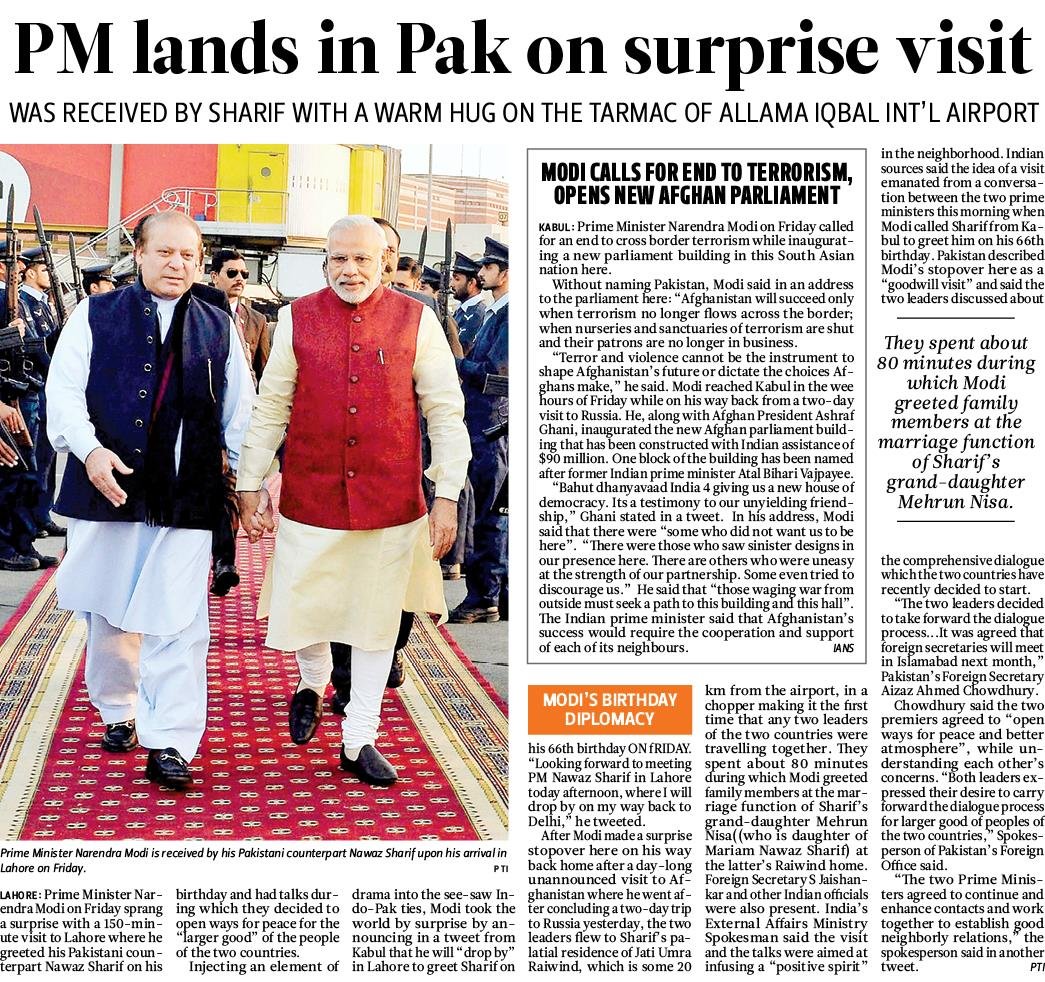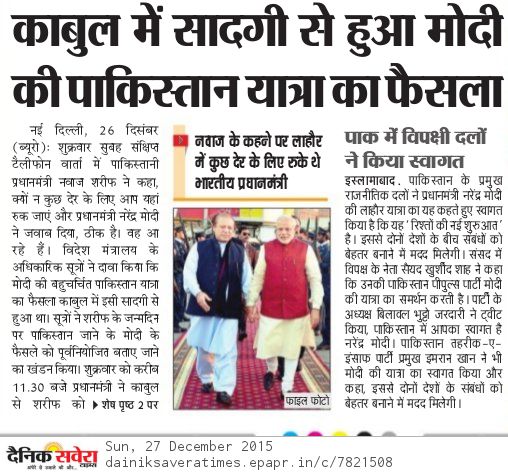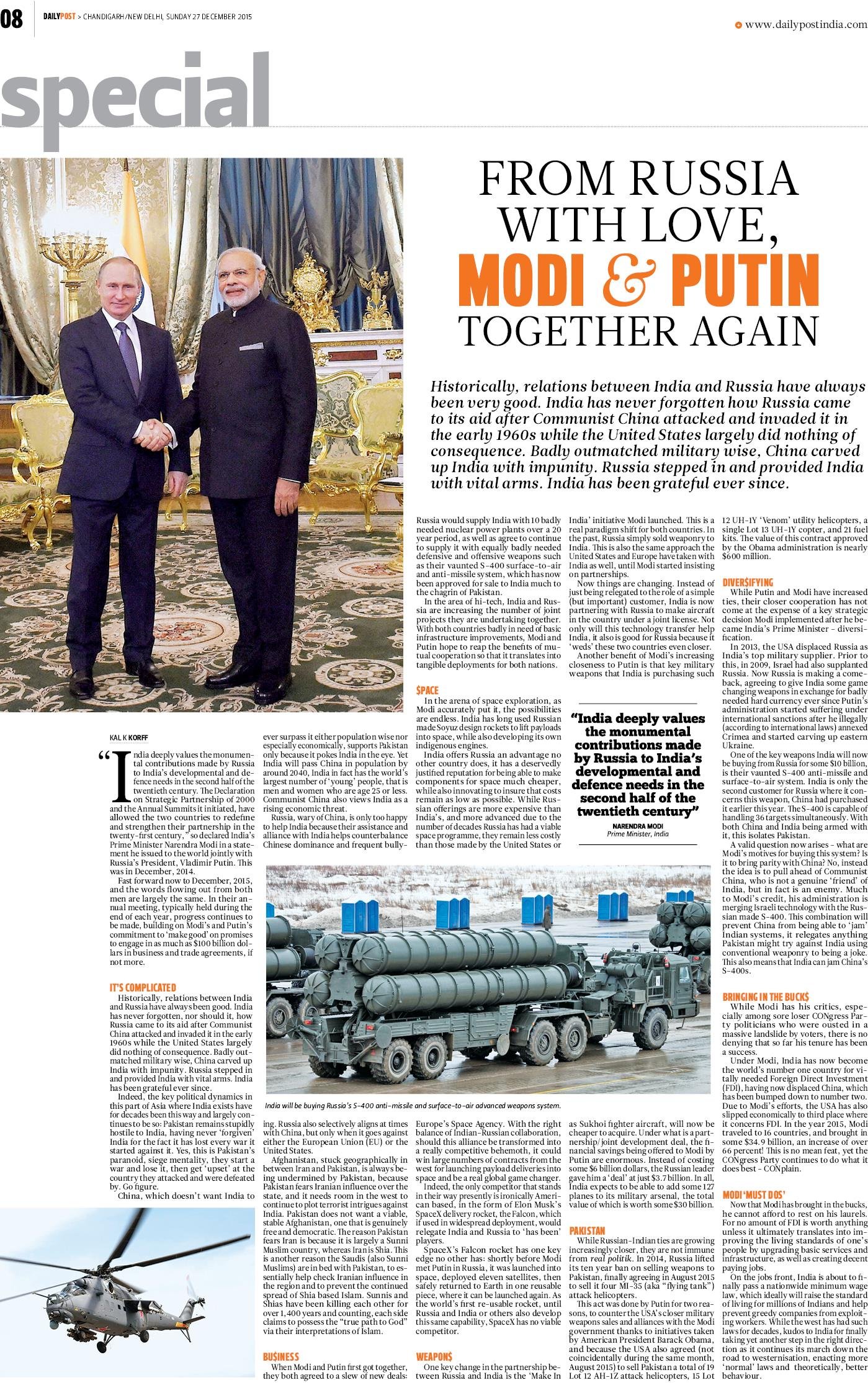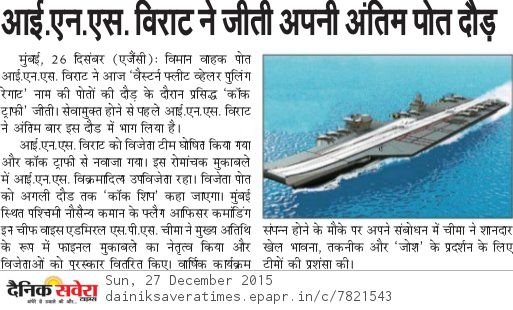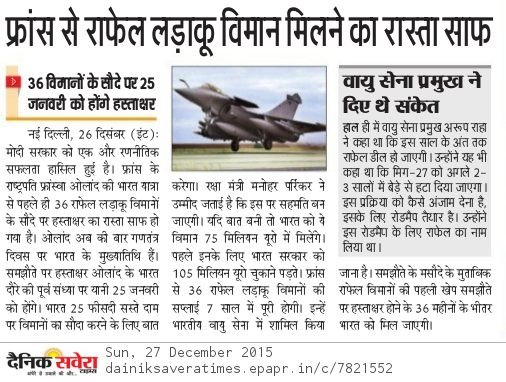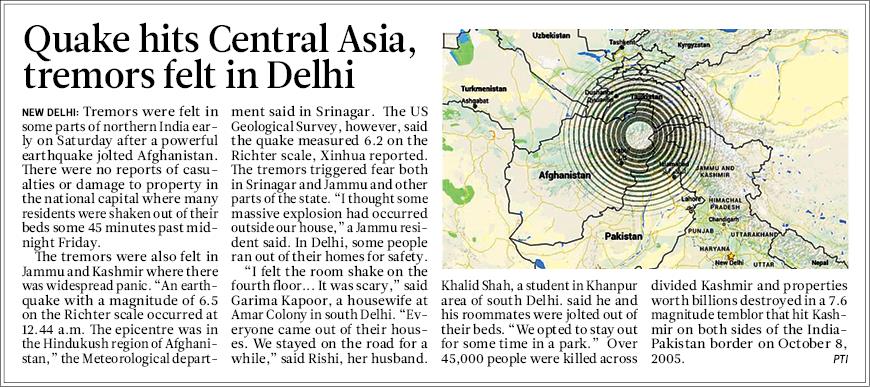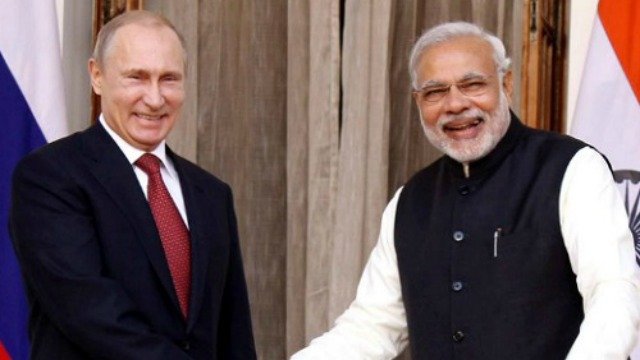Ahead of Prime Minister Narendra Modi’s visit to Russia, Defence Ministry’s top acquisition council today cleared the purchase of an estimated Rs 40,000 crore Russian S-400 Triumf air defence missile systems…
Ahead of Prime Minister Narendra Modi’s visit to Russia, Defence Ministry’s top acquisition council today cleared the purchase of an estimated Rs 40,000 crore Russian S-400 Triumf air defence missile systems, besides giving the go-ahead to other projects worth over Rs 25,000 crore.
Defence Acquisition Council (DAC), chaired by Defence Minister Manohar Parrikar, has decided to buy 5 units of the S-400 Triumf air defence missile systems that are capable of destroying incoming hostile aircraft, missiles and even drones within a range of up to 400 km.
Defence Ministry sources said that the step has been taken to enhance the national air defence capacity.
“The price discovery will happen hereafter,” a source said when asked how much would the system cost.
Industry estimates have suggested that the missile system will cost about Rs 40,000 crore. India will be the second buyer of the missile system after China if the deal goes through.
It is expected that the deal would be a government-to- government one and could see a forward movement during Modi’s visit to Russia next week.
The S400 Triumf is designed to knock down flying targets including those equipped with stealth technologies, at a distance of about 400 kms.
It is also capable of taking out ballistic missiles and hypersonic targets.
Compared with its predecessor, the S-300, the new S-400 has a 2.5 times faster firing rate. This is the most modern, air defence system in the Russian arsenal.
The DAC also gave the Acceptance of Necessity to Army’s proposal for the purchase of six regiments of the Pinaka rocket system under the ‘Make in India’ category for Rs 14,600 crore.
Each regiment of the Pinaka comes with 18 launchers and every launcher has the capability of firing 12 rockets at the same time.
Tata Power SED, Larsen & Toubro and state-run BEML will be providing the system.
The DAC also directed the Defence Research and Development Organisation (DRDO) to continue with its process of making improved Pinaka system as it has proved to be a potent and proud indigenous product.
Army’s demand for 571 light bullet-proof vehicles to be used in counter-insurgency and counter-terrorism operations was also cleared at a cost of Rs 310 crore. The army currently uses Mahindra jeeps.
The DAC also gave the go-ahead for the purchase of 120 trawls to be used on Russia-origin T-72 and T-90 tanks under “Buy Global” category for Rs 450 crore.
DRDO has been tasked to field four sets of indigenous trawls by June 2017, the sources said.
The DAC has also fine-tuned an already cleared proposal to built a five fleet support ships for Rs 9,000 crore. It was cleared in July last year. The DAC today nominated HSL shipyard to build the ships.
The DAC also gave the go-ahead for digitisation of 24 Pechora Air Defence system for Rs 1,200 crore.
The acquisition council also cleared a Rs 425-crore electronic warfare system, for the Indian Army to be deployed in the mountain region. This would be developed by the DRDO and produced by Bharat Electronics Limited (BEL).
The DAC, set up in 2001 as part of the post-Kargil reforms in defence sector, approves the long-term integrated perspective plan for the forces, accords acceptance of necessity (AON) to begin acquisition proposals, and has to grant its approval to all major deals through all their important phases.
It also has the power to approve any deviations in an acquisition, and recommends all big purchases for approval of the Cabinet committee on security.
















